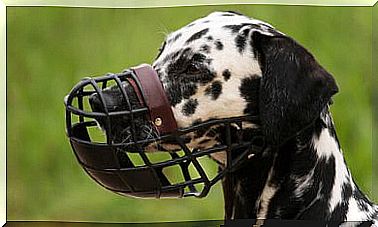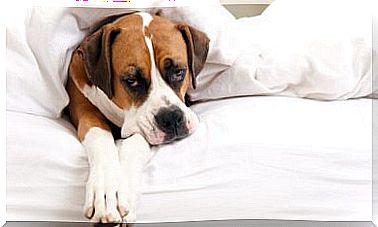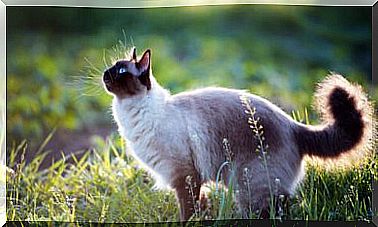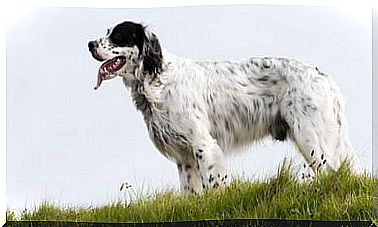How Does Obesity Affect Pets?

Being overweight is a common pathology known to all, because in an increasingly sedentary society, maintaining an ideal figure is increasingly difficult. Pets can suffer from this condition even more if it is possible than humans, since they are used to a rhythm and metabolic expenditure that in an urban environment is complex to satisfy.
Obesity is mainly due to excess body fat, but it can also occur from an increase in muscle, bone, or water. Body mass index (BMI) is a parameter that estimates the ratio of height to weight, which is very useful in humans.
Next, we present the most common symptoms and consequences of obesity in different domestic animals.
Obesity in dogs
Obesity in dogs is a very common pathology, and various studies estimate that 20% of domestic dogs in industrialized areas present it. Some of the most common effects of being overweight in dogs are:
- Diabetes, or what is the same, very high blood glucose levels.
- Respiratory problems: alterations in respiratory mechanics due to an excessive presence of fat in the surrounding tissue.
- Arthritis: pain and swelling of the joints from holding too much body mass for a long time.
- Decreased effectiveness of the immune system.
- Cardiac disorders due to the accumulation of fat in the lung and heart areas.
In addition to all these physiological effects, there are other moods: dogs are energetic animals by nature, and a weak and heavy body will make them discourage when it comes to physical exercises. Lethargy, drowsiness, and even depression can be emotional effects of obesity in the animal.
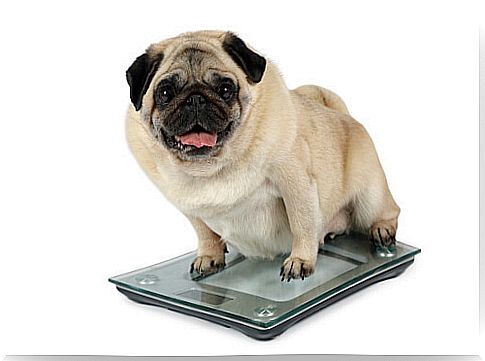
Obesity in cats
As in dogs, feline obesity generates mechanical and physiological stress in the animal’s body that causes various pathologies. Still, there is one condition that is typical for overweight cats:
- Feline hepatic lipidosis is a syndrome caused by an accumulation of fats in the liver. It is characterized by sudden weight loss, anorexia, dehydration, yellowing of the eye conjunctiva, vomiting, and diarrhea.
- It is very common in house cats with obesity and very low physical activity.
Fat accumulation in liver tissue results in chronic liver failure if left untreated, leading to hepatic encephalopathy, coma, and then death. The mortality rate from this pathology is 90% if it is not identified in time.
Obesity in other small pets
- Obesity in domestic birds is also a very dangerous pathology. Due to its small size and fast metabolism, excess fat can lead to kidney, joint, respiratory and cardiovascular problems. Many birds can become overweight due to their inability to fly in the cage.
- In rodents, in addition to all the clinical picture presented for the rest of vertebrates, obesity can generate dystocia (inability of the female to expel the young from her body) and infertility.
- Obesity in reptiles can generate episodes of intestinal impaction of varying severity. When a fecal plug forms in the cloaca of the animal, if it is not solved, it can die.
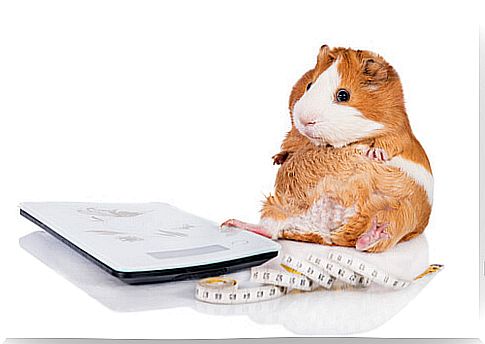
The importance of diet and exercise
As we have seen, obesity can generate different pathologies in pets that, in the worst cases, may end in the death of the animal.
Therefore, we want to emphasize the importance of a correct diet and environmental enrichment in the daily life of the pet. Toys, interactions, exercises and, in short, any physical activity, are necessary for animals, because in a natural environment they are used to traveling long distances in search of food and others of their kind.




